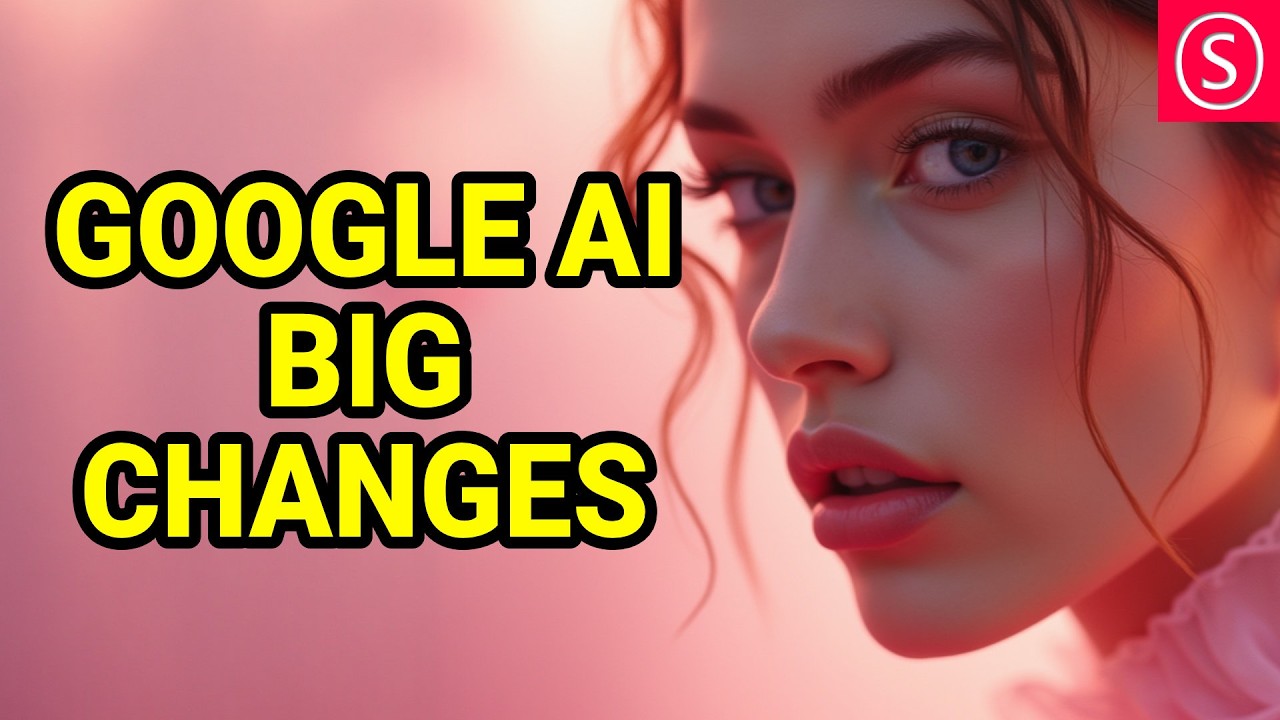The video highlights the surprising innovations announced at Google I/O 2025, including advanced holographic video calls, real-time translation, and highly personalized AI agents that enhance communication and productivity. It also critiques Google’s new expensive pricing plans for AI tools, which limit access to the latest models, causing disappointment among users eager to utilize cutting-edge AI technology.
The video discusses the surprising developments announced at Google I/O 2025, emphasizing Google’s position as one of the leading AI companies alongside Nvidia. The speaker highlights Google’s extensive ecosystem of apps and services, which allows for highly personalized AI experiences while maintaining data security within Google’s infrastructure. This integration enables Google to personalize results and AI interactions without risking user data privacy by avoiding reliance on external startups.
The presentation covers several innovative projects showcased at the event, starting with the Google Beam project, which aims to create holographic video calls using AI and multiple cameras to generate realistic 3D representations of users. Google Meet’s live translation feature is also highlighted, offering real-time voice translation in multiple languages, initially in English and Spanish, with plans to expand globally. These advancements point toward more immersive and seamless communication experiences in the future.
A significant focus is on the evolution of AI agents and their multitasking capabilities, including agent-to-agent interactions that can handle complex tasks like making reservations or gathering information across multiple sources. The speaker emphasizes the importance of personalized AI that understands user preferences by accessing data from emails, photos, and documents, enabling more tailored suggestions and responses. Additionally, live video interaction with AI and tools like Google Astra, which combines AR and manual searching, are seen as powerful tools for productivity and information retrieval.
The video also delves into advancements in generative media, particularly in image and video generation. The new models produce higher-quality images with better detail, text accuracy, and artistic creativity. Video generation has improved significantly, offering more realistic visuals, better physics, and the ability to generate sound effects and dialogue. Tools like Flow allow users to create and edit videos scene-by-scene, while AI-driven music creation adds to the multimedia capabilities, making content creation more accessible and versatile.
However, the speaker criticizes Google’s new pricing structure, which includes a $20/month AI Pro plan offering access to many tools but limited to older models like V2. The more advanced V3 and newer features are restricted to the $250/month AI Ultra plan, which is aimed at early adopters and lacks flexible pay-per-use options. The speaker finds this approach unfair, especially since users are eager to access the latest AI innovations, and expresses disappointment over the limited access and high costs, urging viewers to share their opinions on the matter.
